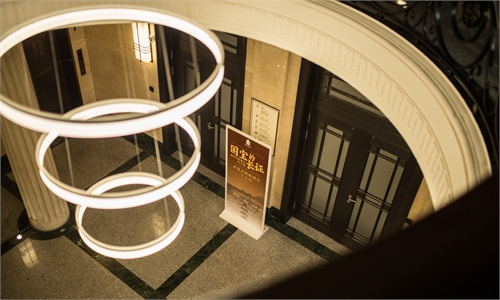IN-DEPTH / IN-DEPTH
Ex-director of Taipei Palace Museum expects to foster closer bond across Straits through shared heritage
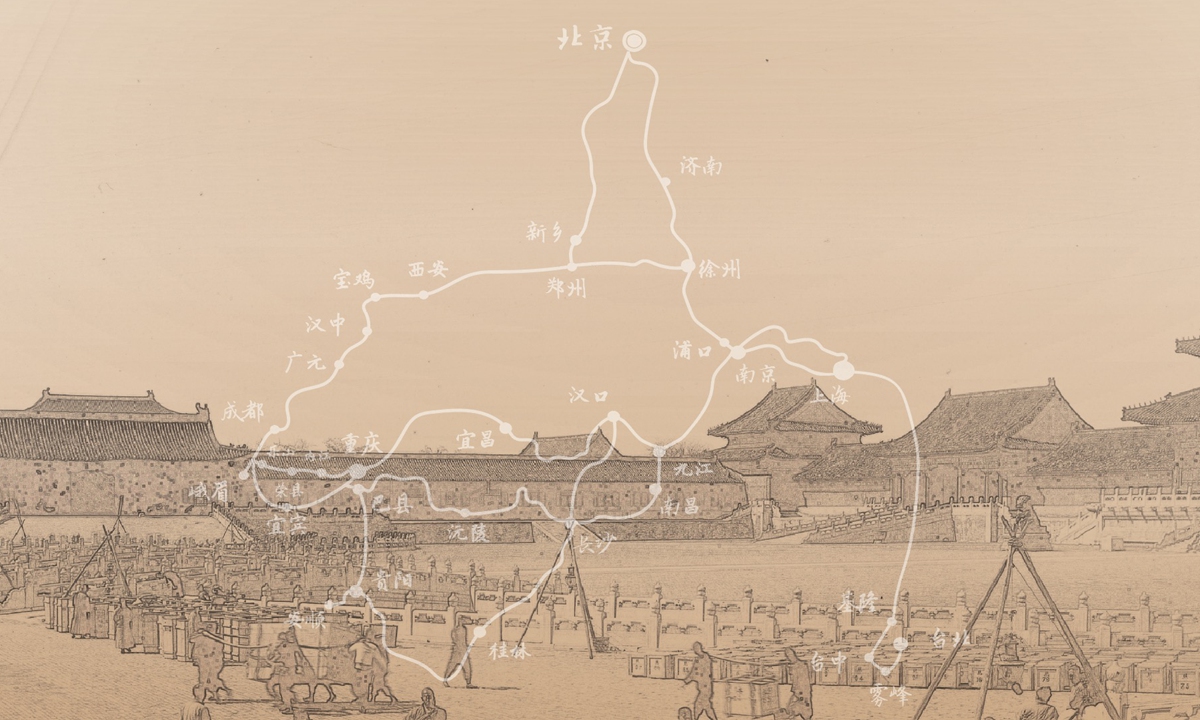
The Palace Museum cultural relics' long road to safety. Photo: Courtesy of the National Humanities History magazine
Editor's Note:In January 1933, with the Japanese army occupying Shanhaiguan in northeastern China, the Palace Museum in Beijing decided to relocate precious cultural relics, including bronzes, porcelain, paintings, and jade, to protect them from damage and looting. Ultimately, over 19,000 boxes of "national treasures," including those from the National Museum of Art (Guwu chenliesuo in Chinese), the Summer Palace, and the Imperial College (Guozijian in Chinese) were move from Beijing to Shanghai and southwestern provinces such as Sichuan and Guizhou. Later, some of them returned to the capital city, while some are preserving in the island of Taiwan. As they stood watch over the sea, they became a testament to the shared cultural heritage of both sides of the Straits.
This 20-year journey, spanning tens of thousands of miles, was a great feat in protecting cultural heritage during the War of Resistance against Japanese Aggression (1931-1945) and created the largest-scale miracle in preserving cultural heritage during World War II. To commemorate the history and inherit the spirit, the Palace Museum and the National Humanities History magazine of the People's Daily co-hosted "The Long March of the National Treasures: An Exhibition Commemorating the Southward Evacuation of the Palace Museum's Artifacts."
Recently, Global Times reporters Shan Jie and Lin Xiaoyi (GT) interviewed Fung Ming-chu (Fung), historian and former director of the Taipei Palace Museum from September 2012 to May 2016, to talk about the historical echoes and inspirations of the relocation of Chinese treasures in her eyes today, as well as her hopes for the resumption of cross-Straits cultural exchanges between the Palace Museums in the face of current geopolitical challenges.
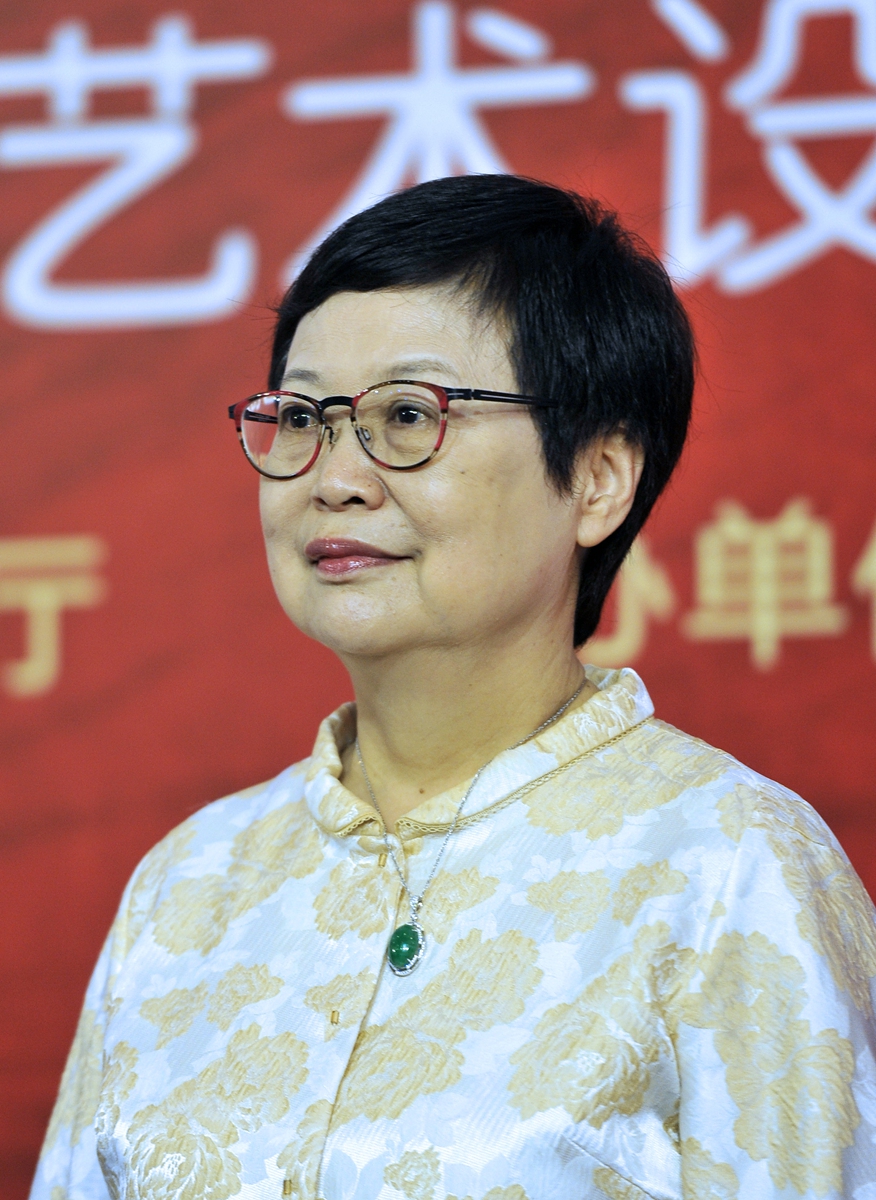
Fung Ming-chu, former director of the Taipei Palace Museum. Photo: VCG
GT: From the perspective of the Taipei Palace Museum, how do you view the historical significance of the southward evacuation of cultural relics from the Palace Museum? What role does it play in deepening cultural exchanges between the two sides of the Taiwan Straits?Fung: The historical event indeed took place, and we cannot change it. The southward evacuation of cultural relics from the Palace Museum was a direct consequence of Japan's invasion of China. The purpose of holding the exhibition today, and the purpose of the reunion of cultural preservation personnel from both sides of the Taiwan Straits is to remind us of the lessons of history and honor the efforts and sacrifices made by our predecessors.
The shared memory of historical and cultural heritage between the two sides of the Taiwan Straits is extensive, and the relocation of cultural relics from the Palace Museum represents just one prominent aspect of this shared heritage. During that time, in order to protect these treasures from the ravages of war, the relocated cultural relics included not only those from the Palace Museum, but also various precious Chinese artifacts such as rare books, historical archives, calligraphy pieces and paintings. The research and promotion of this period of history will undoubtedly have a profound impact on cultural exchanges between the two sides of the Taiwan Straits. The cultural relics from the Palace Museum finally on display in the island of Taiwan help weave a cultural bond, allowing Chinese culture to continuously flourish on the island.
The display of cultural relics in the Taipei Palace Museum serves as a platform for education and plays a crucial role in promoting the inheritance of Chinese culture in the Taiwan island. I agree with the notion that the two Palace Museums in Beijing and Taipei serve as a bridge for cross-strait cultural exchanges.
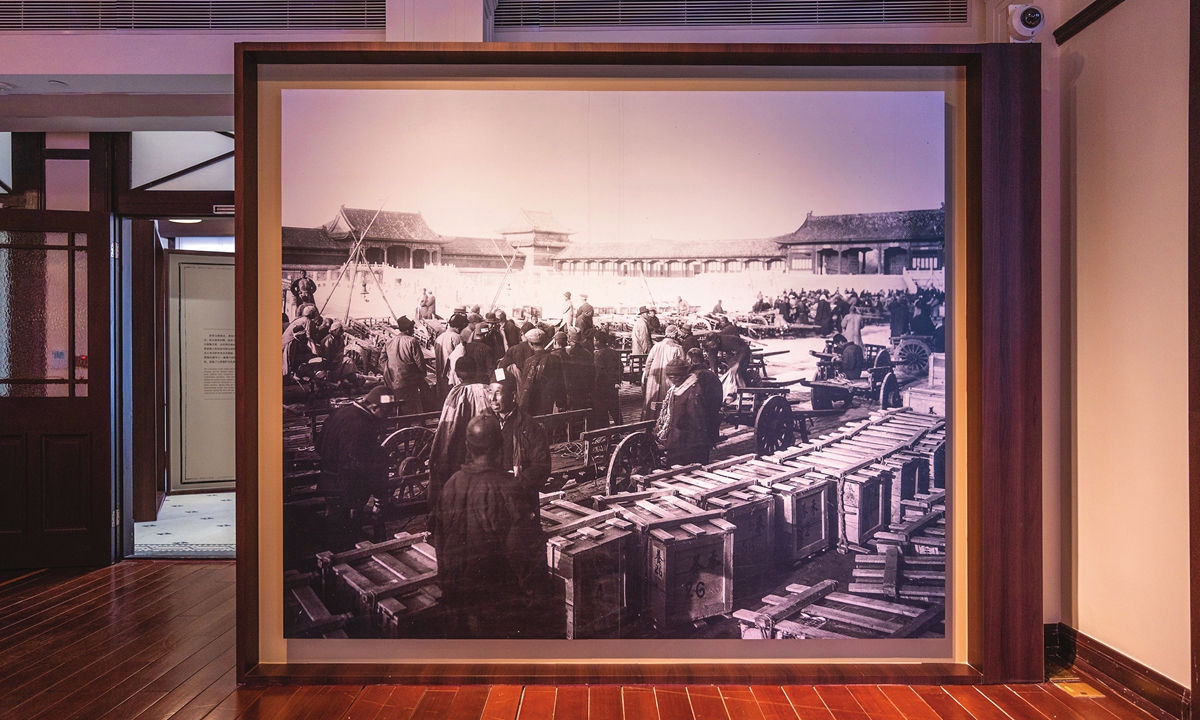
The photo that captures the relocation of the Palace Museum's artifacts during the southward evacuation.Photo: Courtesy of the National Humanities History magazine
GT: What do you think the inspiration for the current cross-Straits cultural heritage protection from the spirit of the wartime relocation of the Palace Museum's relics is?
Fung: In the island of Taiwan, the Taipei Palace Museum houses a vast collection of nearly 700,000 artifacts, with over 85 percent originating from the Palace Museum in Beijing. Upon their arrival in the island, these cultural relics were stored in underground warehouses for an extended period, serving as a poignant reminder of the memories of war. At that time, the cultural relics protection personnel were afraid of Japanese air raids as a result of what had happened in the past. It was believed that bomb shelters provided a safer environment for the preservation of these invaluable treasures, which also encapsulated the people's helplessness in the situation.
Today, the cultural relics of the Taipei Palace Museum are showcased in modern warehouses. We spare no effort in ensuring the safety of these cultural relics and undertake continuous organizing, repairing, and researching endeavors. Our practices have been inherited from the original Palace Museum in Beijing.
Presently, there is a growing focus on promoting the spirit of relic relocation. We organize exhibitions and symposiums to share historical research on the relocation of the Palace Museum's cultural relics. Additionally, our predecessors have published several memoirs, offering insights into their experiences during this process. Through these accounts, we gain a profound understanding of how the previous generation of Chinese cultural preservationists regarded cultural relics as more valuable than their own lives. I firmly believe that the relocation of the Palace Museum's cultural relics and the preservation spirit of the older generation deserve our utmost respect and serve as valuable lessons for us to learn from.
GT: How can cross-Straits cultural heritage contribute to a deeper understanding and communication between the two sides? What is your assessment of the current state of talent exchange and resource sharing between the two sides?
Fung: It is crucial for younger generations to appreciate the immense efforts made by previous Chinese cultural preservationists in relocating cultural relics. In this digital era, I believe multimedia platforms can effectively disseminate this narrative. By creating an epic documentary or film that showcases the relocation of the Palace Museum's cultural relics and the resilience of Chinese history and culture; we can undoubtedly resonate with many young individuals.
However, it is unfortunate that current measures implemented by the secessionist Democratic Progressive Party (DPP) authorities have poisoned primary and secondary school education. This has resulted in a weakening of cultural and historical education on the island of Taiwan. Children in the island are now unfamiliar with idioms that were once commonplace in our daily conversations.
Now, my team has more than 20 volunteers, and we have been promoting idiom story videos for two years. Through audio and video materials, we combine original texts with cultural relics from the Palace Museum and other museums to narrate these stories. The educational films we are currently promoting are broadcast every Wednesday on YouTube and WeChat. To date, we have aired more than 70 episodes, with the aim of teaching children about idioms through cultural relics. In my opinion, this endeavor holds great significance and meaning.
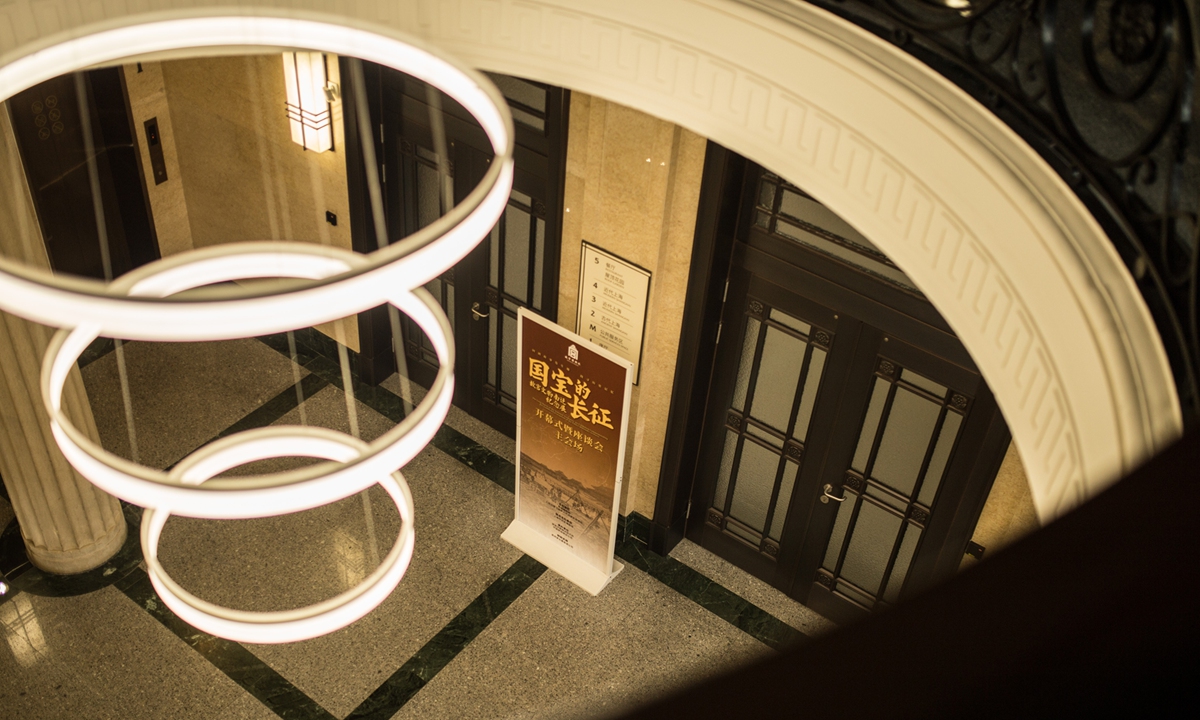
A view of "The Long March of the National Treasures: An Exhibition Commemorating the Southward Evacuation of the Palace Museum's Artifacts."Photo: Shan Jie/GT
GT: The year 2025 marks the centennial anniversary of the establishment of the Palace Museum. What are your visions for the future development and innovation of the Palace Museums on both sides of the Taiwan Straits?Fung: I hope that the Palace Museums on both sides can once again achieve the level of cooperation we had in 2009. In that year, when I was the deputy director of the Taipei Palace Museum, a delegation led by Taipei Palace Museum Director Chou?Kung-shin visited Beijing, which was known as the "ice-breaking trip." In the eight years following this trip, I have witnessed vibrant personnel exchanges, joint exhibitions, academic research collaborations, and publication exchanges between the Palace Museums on both sides. We have truly achieved a seamless integration.
I sincerely hope that on the occasion of the centennial anniversary of the establishment of the Palace Museum, the cultural exchanges between both sides will be restored and implemented, fostering mutual understanding and connection between the peoples.

